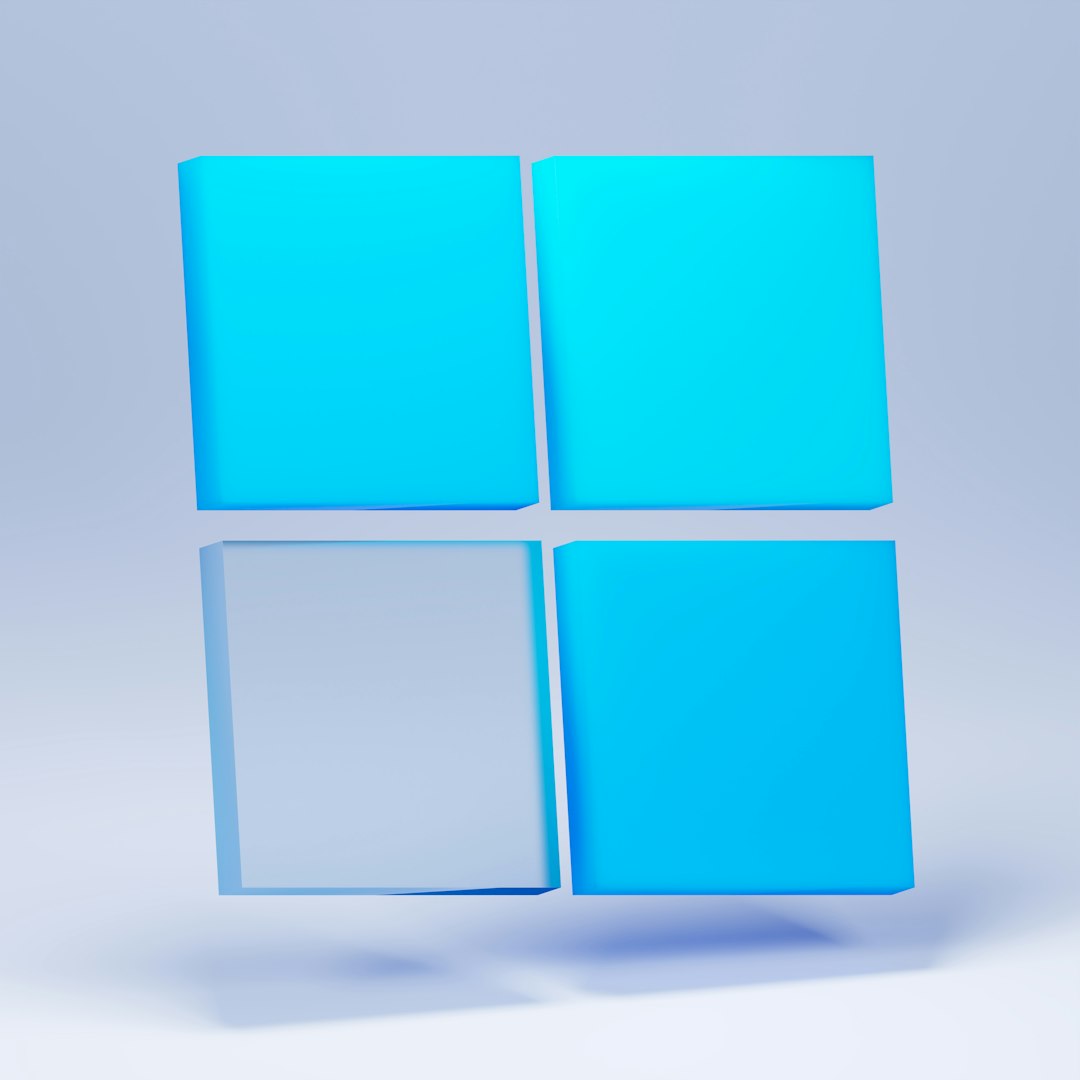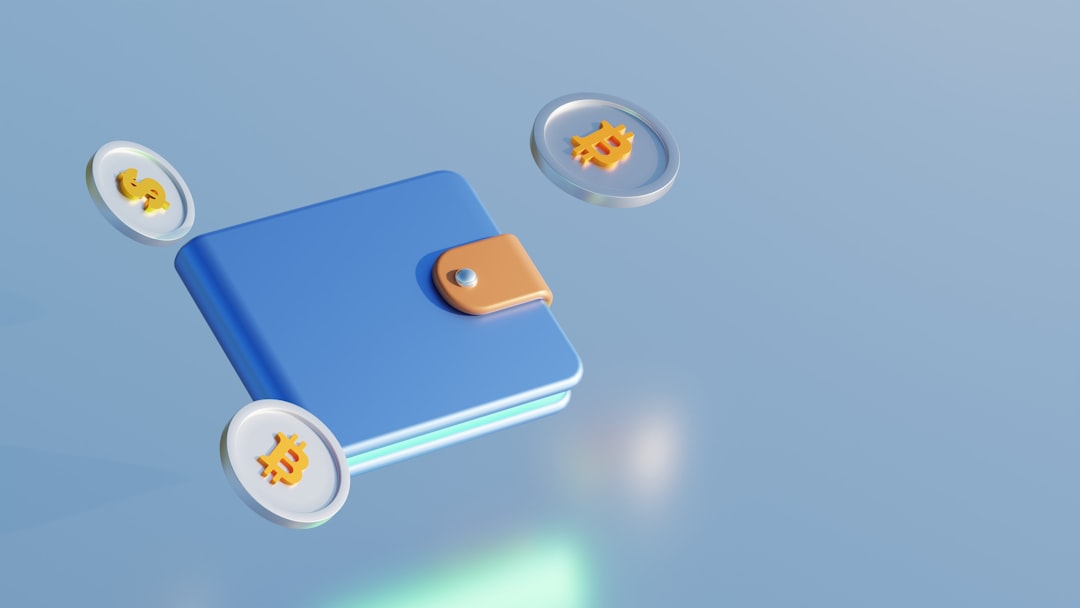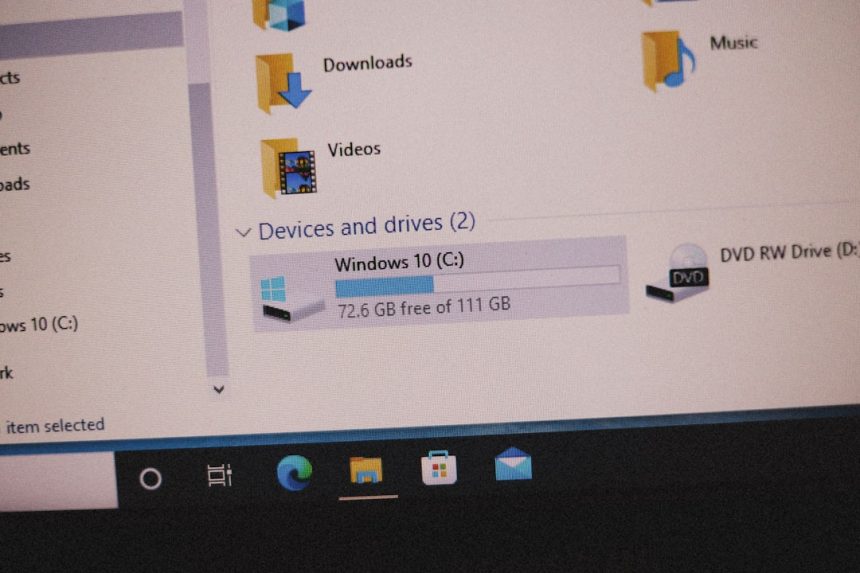If you’ve ever stumbled upon a mysterious file named desktop.ini while browsing through the contents of your Windows folders, you’re not alone. At first glance, this hidden file may raise questions—what does it do, and is it safe? For beginner and non-technical users, the existence of such files can be both confusing and concerning. This comprehensive guide will explain everything you need to know about desktop.ini, why it’s there, and how it affects the way Windows operates.
What Is the desktop.ini File?
The desktop.ini file is a system file used by Microsoft Windows to store information about how folders should be displayed. This file is automatically created by Windows whenever you customize the way a folder looks. Common customizations include changing the folder icon, setting a folder picture, or using localized folder names for different languages.
Simply put, desktop.ini acts as a configuration file for individual folders. It helps Windows render folder-specific settings so users can experience a more organized and visually cohesive interface.

Why Is desktop.ini Hidden?
In most cases, you won’t even see the desktop.ini file because it is marked as both a hidden and system file. This means that unless you have modified your folder view settings to show hidden and protected operating system files, you’ll never come across it.
The file isn’t hidden to be deceptive; rather, it’s an important part of Windows’ folder management system. Deleting or editing it without understanding its purpose can lead to errors or unexpected folder behavior.
What Does desktop.ini Contain?
The desktop.ini file is a plain-text file that can be opened and edited using any text editor, such as Notepad. Here’s a basic example of what it might contain:
[.ShellClassInfo]
IconResource=C:\Windows\System32\SHELL32.dll,3
InfoTip=My Documents Folder
Here’s a breakdown of the content:
- [.ShellClassInfo]: This header tells Windows that the file contains shell folder customizations.
- IconResource: Specifies the location and index of the icon used for the folder.
- InfoTip: Displays a tooltip when you hover over the folder.
Depending on the type of customizations made, other entries might be included to store localized names or folder behavior rules.
When Is desktop.ini Created?
Windows automatically generates a desktop.ini file under the following circumstances:
- You customize a folder’s icon or thumbnail.
- You rename a folder name that’s designed to appear differently depending on the system’s language.
- System-controlled folders (like Documents, Pictures, Music, etc.) are initialized by Windows.
Essentially, whenever you do something beyond just storing files in a standard folder, Windows may decide to track that change using a desktop.ini file.
Where Are desktop.ini Files Found?
These files are usually located in:
- User-specific folders like Documents, Downloads, and Desktop
- System folders such as Program Files or Windows folders
- Removable storage if specific folder appearance settings are used
Remember, you may need to enable viewing of hidden and protected files in File Explorer to see them. To do this:
- Open a folder in File Explorer
- Click on View from the top menu
- Select Options → Change folder and search options
- In the View tab, select Show hidden files, folders, and drives
- Uncheck Hide protected operating system files, if needed
Is desktop.ini Safe?
Yes, the desktop.ini file is completely safe. It is a system-generated file meant for customizing the visual appearance of folders. However, like any file, it can be altered or misused by malware—though this is rare.
If you use good antivirus software and avoid downloading unknown files from the internet, you shouldn’t have to worry about desktop.ini being malicious. That said, if you’re unsure about a desktop.ini file, you can open it in Notepad and inspect its contents to verify that it doesn’t contain anything suspicious.
Can You Delete desktop.ini?
Technically, yes—you can delete any desktop.ini file. However, doing so will remove the visual customizations associated with that folder. Windows will eventually regenerate the file if needed.
If you’re cleaning up folders and prefer not to see desktop.ini files, it’s best not to delete them. Instead, just hide them using folder settings:
- Right-click in a folder and choose View
- Select Hidden items to hide or show hidden files
To hide all system-related files like desktop.ini for good:
- Go to File Explorer Options
- Select the View tab
- Check Don’t show hidden files, folders, or drives and Hide protected operating system files
This way, the files remain in place without cluttering your view.
Why Do I See Multiple desktop.ini Files?
You may notice that some folders contain more than one desktop.ini file. This is usually due to the presence of multiple user accounts or system tasks applying different customizations. Multiple instances aren’t problematic and can be safely ignored unless you are manually editing folder settings.

Should You Edit the desktop.ini File?
Editing desktop.ini is generally reserved for advanced users or developers who want to apply custom display rules to folders. If you choose to do so, be very cautious—incorrect entries can lead to issues like missing folder icons or tooltips not displaying properly.
To manually edit a desktop.ini file:
- Enable viewing of hidden and system files
- Open the file in Notepad
- Make your desired changes
- Save and restart your PC or refresh the folder to apply updates
Unless you have a specific need to change folder appearance beyond what Windows allows through the right-click context menu, it’s best to leave desktop.ini alone.
How to Prevent desktop.ini from Appearing
If you frequently see desktop.ini files on your desktop or within document folders, it may be due to specific settings or system tasks. To prevent these from appearing without harming your system:
- Re-enable hiding of protected system files under Folder Options
- Check for any backup, sync, or customization tools (like OneDrive or Dropbox) that may propagate these files across folders
- Avoid customizing folders unless necessary, as this generates the desktop.ini file
Also, consult your group policy settings or system registry editor only if you’re an advanced user. Misconfigurations may cause more harm than good.
Conclusion
The desktop.ini file is a normal and helpful component of the Windows operating system, designed to manage folder view settings and customizations. While it may look unusual or even suspicious at first glance, it serves a non-threatening and user-focused purpose. As long as you keep your system secure and avoid unnecessary tampering, there’s nothing to worry about.
If you’re someone who prefers a clean interface, you can simply configure your file explorer to hide these system files. Remember: just because you see it, doesn’t mean it’s a problem. A better understanding of files like desktop.ini helps you navigate and maintain your computer more confidently.

